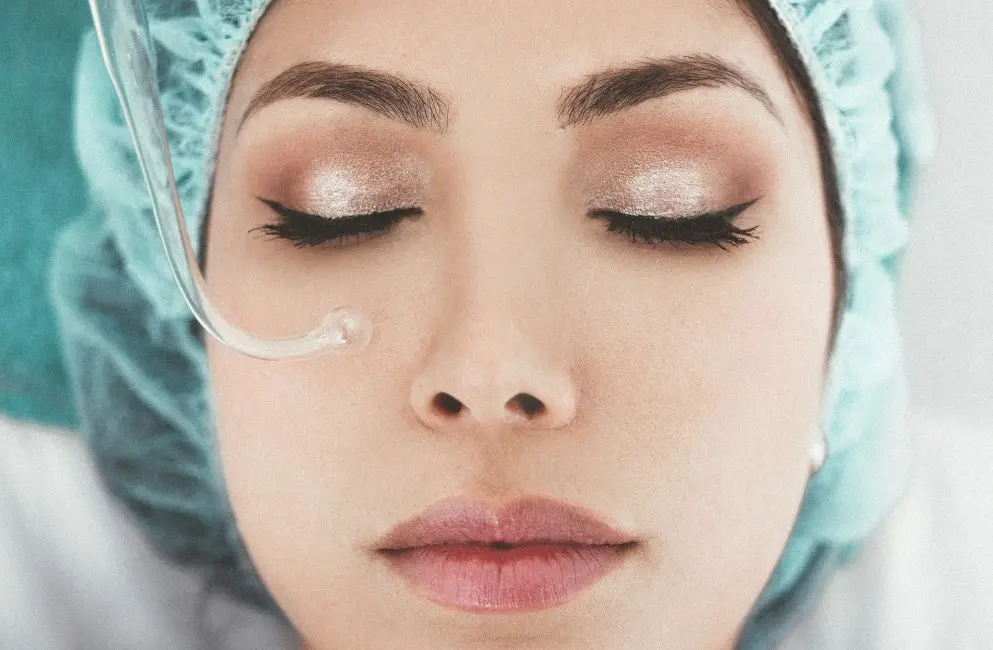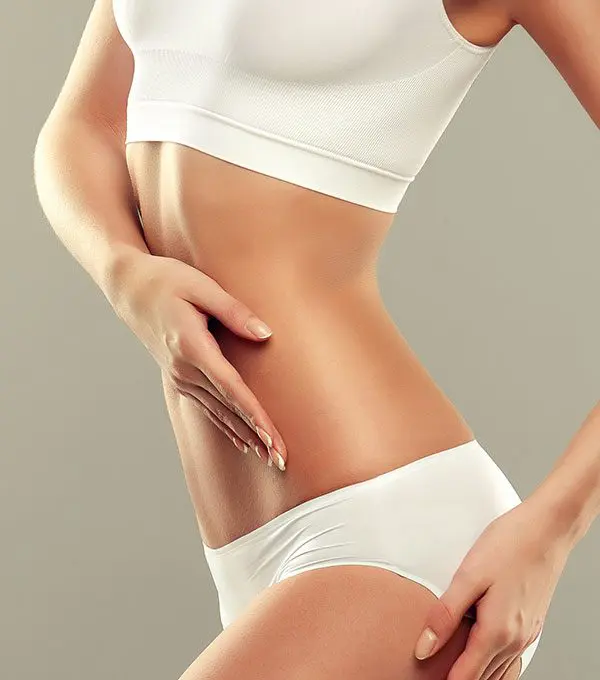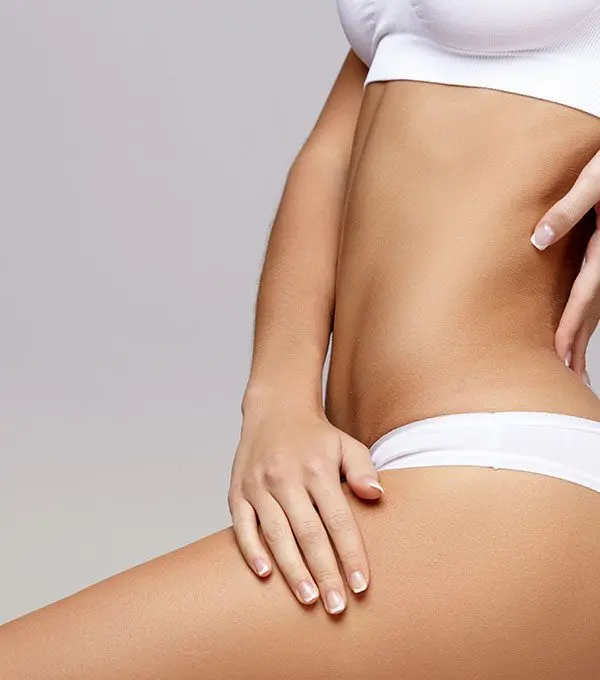Cosmetic Dermatology
The Rise of Non-Surgical Procedures: A Decade of Data
There has been a shift in the cosmetic treatment industry in recent times. Once almost solely a place for invasive procedures that meant long down-time and significant risks, the market is now experiencing tremendous growth in minimally invasive / non-invasive procedures. This shift, in turn, has altered the way people view beauty, ageing and taking care of themselves.
And maybe you’re wondering what’s fueling this boom, what demand is driving it and what treatments are blazing the trail. We’re diving into a deep look at the current state of non-surgical cosmetic treatments, based on the latest trending information and market intelligence.

A Market Transformed: Non-Surgical Procedures on the Rise
It is estimated that approximately 10.6 million non-invasive procedures were performed globally in 2014. Fast-forward to 2024, and that figure has ballooned to over 20.5 million, representing an increase of more than 10 million in just 10 years. The surge hasn’t happened in a vacuum; rather, it reflects a combination of broad cultural shifts, technological developments and evolving consumer attitudes.
Cosmetic procedures, in particular, have been well and truly normalised and enabled by social media. Skin-blurring filters, lip-plumping filters, and eye-brightening filters create images of aspiration, images of desire that viewers of the subjects in real life strive to achieve. The stigma of nipping and tucking, meanwhile, has significantly waned, and treatments are now associated with self-care rather than vanity.
Technology has also advanced rapidly. There are new tools and techniques, such as ultrasound, radiofrequency, lasers, and advanced injectables, which offer safer, less painful procedures, and, for the most part, only a few days of downtime. What that means is we can avoid being unable to work for weeks and hiding out in scarves; you can give yourself a mini touch-up and be back at work tomorrow.
Non-Surgical Procedures Doubled in a Decade – The Numbers
To put this surge in perspective, here are procedure volumes over the years:
Notice the acceleration after 2019? The COVID-19 pandemic played a peculiar role in all this. Lockdowns and social distancing meant that people were spending significantly more time on video calls, known as the “Zoom Boom.” All of a sudden, there were a lot who noticed things about the appearance of their face they hadn’t concentrated on before, which urged them to pursue treatments that provide a modest, nonsurgical uplift. Separately, pandemic-related restrictions on elective surgeries led to increased interest in nonsurgical options that didn’t require a hospital visit or a lengthy recovery.
The Most Popular Non-Surgical Treatments in 2024
What front-line treatments are spearheading this revolution? The top 5 procedures worldwide in 2024 are:
- Botulinum Toxin (Botox): 7,887,955 procedures (down 17.4% from 2023)
- Hyaluronic Acid Fillers: 6,338,184 procedures (up 5.2%)
- Hair Removal: 1,487,130 procedures (down 12.9%)
- Non-Surgical Skin Tightening: 1,239,306 procedures (up 38.9%)
- Chemical Peels: 820,225 procedures (up 33.3%)
Botox remains the top volume procedure worldwide, although its volume decreased slightly in 2023. Fillers, meanwhile, are on the rise, as more people seek a more subtle increase in volume and shape. The growing demand for nonsurgical skin tightening procedures, such as ultrasound and radiofrequency, which tighten loose skin without surgery, also marks a drive toward natural-looking youthfulness with minimal downtime, experts say. Chemical peels have also experienced a surge, as clients seek a quick fix to rejuvenate their skin and achieve a radiant glow.
Botox and Fillers: Steady Growth Over Ten Years
Taking a closer look at the two powerhouses, Botox and hyaluronic acid fillers, reveals essential trends:
- Botulinum Toxin: The number of procedures grew from 4,830,911 in 2014 to 7,887,955 in 2024, a 63.28% increase.
- Hyaluronic Acid Fillers: These more than doubled from 2,690,633 to 6,338,184 procedures, a 135.56% rise.
This information highlights the increasing adoption of wrinkle softening, volume restoration, and facial contour enhancement treatments that offer more natural-looking results. These treatments are more customised to each patient’s needs and typically provide natural-looking, not overdone, results.
Who’s Getting Non-Surgical Treatments? The Age Factor
Non-surgical treatments are no longer just the domain of middle-aged or older adults. The story of the age distribution of Botox procedures in 2024 is a compelling one:
- Ages 18–34: 1,798,454 procedures
- Ages 35–50: 3,715,227 procedures
- Ages 51–64: 1,861,557 procedures
- Ages 65+: 473,277 procedures
The 35–50 range is in the lead, representing the largest proportion of procedures. However, the under-35 market segment is a fast-growing one, driven in part by what industry insiders refer to as “prejuvenation.” Accelerating this shift is the new guard of patients who are looking for early intervention to stave off visible signs of ageing, propelled by trends in skincare, social media and focus on wellness and self-care, in their 20s and 30s.
Women Still Lead, But Male Demand Surges
The non-surgical market is dominated by women, but men are catching up fast. Now, look at the most popular procedures for women in 2024 versus 2014:
- Botox: 6,622,473 (2014: 4,190,384) – a 58% increase
- Hyaluronic Acid Fillers: 5,458,666 (2014: 2,393,861) – a 128% increase
- Non-Surgical Skin Tightening: Has now surpassed traditional laser treatments and microdermabrasion
And the growth among men is even more pronounced:
- Botox: 1,265,482 (2014: 640,527) – nearly doubled (+97.5%)
- Fillers: 879,517 (2014: 296,772) – up 196%, nearly tripling
The rise of male self-care can say much about shifting cultural attitudes toward masculinity and caring for oneself. The treatments now marketed to men tout a natural rejuvenation, sans any feminising effects, to the extent that men who want to look refreshed, but not “done,” are their target audience.
Geography of Non-Surgical Procedures: Where the Action Is
The US is the largest market, with over 4.1 million procedures performed in 2024, representing a 61% increase from 2014. Other top countries include:
- Japan: 1,251,600 procedures (up 34%)
- Italy: 891,172 procedures
- Brazil: 769,245 procedures (up just 7.5%)
- Germany: 677,313 procedures (up an impressive 174.9%)
Germany’s booming business is a testament to a quickly evolving market, perhaps inspired by a combination of greater affordability and increased awareness, as well as the proliferation of treatment facilities. Possibly Brazilian beauty is too bloated or too inaccessible, if Brazil’s more modest growth is anything to go by.
Shifting Preferences: Then vs. Now
Reflecting on 2014, laser resurfacing and microdermabrasion were some of the top treatments. Fast forward to 2024, and they are being usurped by non-surgical skin tightening and chemical peels. This is indicative of a larger trend: consumers no longer have the time for dramatic transformations or intense skin resurfacing in their quest for the best skin. Instead, they seek minimal downtime, preventive care, and subtle enhancement.
What’s Driving This Boom?
There are several driving forces behind this rise in non-surgical cosmetic treatments:
1. The “Zoom Boom” Effect
During the pandemic, as remote work and virtual meetings surged, many people became acutely aware of their facial expressions, including their skin. That mirror effect magnified imperfections and motivated many people to do something that makes them look better on screen, without resorting to surgery.
2. Social Media and Filters
An array of platforms, including Instagram, Snapchat and TikTok, have taken hold and created a new beauty aesthetic with filters that smooth skin, plump lips, and elevate the midface. These virtual faces are increasingly becoming a reality for many, as users turn to aesthetic treatments to enhance their online presence.
3. Technological Advances
The fast evolution of ultrasound, radiofrequency, and laser devices has revolutionised non-invasive approaches, which are now proven to be efficient, painless and safe. This, coupled with improved injection formulations, has expanded the range of conditions that can be treated and the responses achieved.
4. Expanding Male Market
Male interest in injections is part of a broader cultural trend, as more men are comfortable trying a little aesthetic nip or tuck in the name of self-care.
5. Greater Accessibility and Affordability
It is a natural consequence, as treatments become more widely available and there is a competitive price for them (especially in countries like Germany), according to the laws of supply and demand.
Final Thoughts: The Future Looks Bright
The growing popularity of non-surgical treatments isn’t just a fad; it’s evidence that beauty ideals, accessibility, and consumer power are shifting around the world. Having been performed more than 20 million times worldwide in 2024, and with no indication of slowing down, this sector is one of the most dynamic and engaging within the health and beauty industry.
Whether you’re mulling over your first treatment or are merely curious about the market, the insights come in handy when considering how people around the globe are electing to look and feel their best in an age that’s increasingly defying personal limitations.







